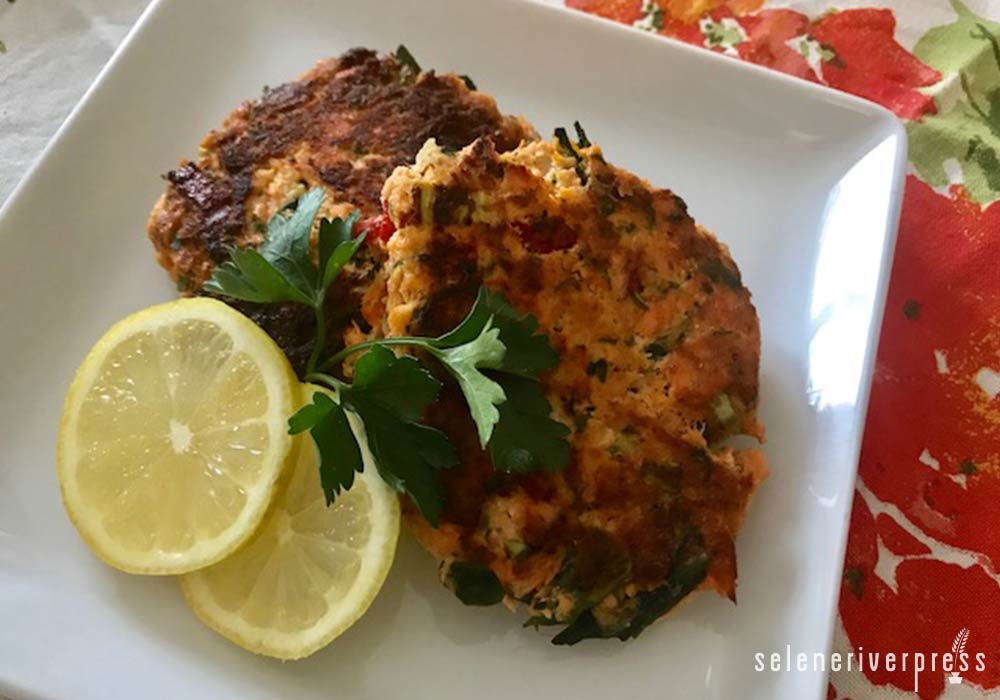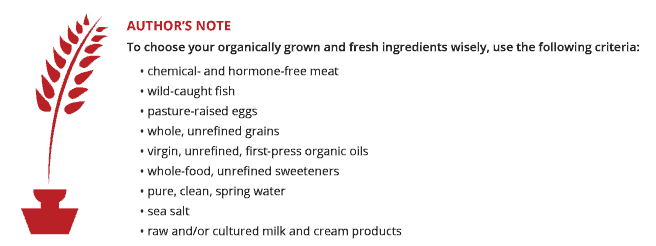We’re all told we should be eating a diet rich in green, leafy vegetables. These foods, abundant in vitamins and minerals and low on the glycemic index scale, are tops when it comes to nutrition. And, fortunately, much of the population is finally understanding this, with many people now incorporating a host of additional “dark leafys,” as I like to call them, into their meal routine.
With this rise in popularity, what used to be lowly “hippie food” has become mainstream in eateries. Every coffee shop on the block now seems to have some sort of fresh or powdered greens to add to a smoothie, while restaurants showcase everything from spinach to beet greens on their menu. Heck, even big-name chains and fast-food joints are hopping on the bandwagon, with at least some sort of kale salad or the like on their menu.
Kale, spinach, collards, and chard are all great, and I encourage you to eat liberal amounts of them on the regular. But there’s one leafy green that is missing from most of our diets, something that hasn’t yet achieved kale-cult status, yet one we all should be eating a little more of. It’s seaweed.
Seaweeds, or “sea vegetables” as they are also referred to, are a storehouse of nutrients, delivering impressive amounts of potassium and vitamin K, among many other things, but perhaps the biggest reason to add seaweed to your diet is its abundance of trace minerals. These micronutrients, including iron, manganese, zinc, cobalt, and chromium, drive countless biochemical reactions in our body yet are scarily scarce in the modern food supply—a fact too often ignored in discussions about nutrition these days.
Seaweed is a particularly outstanding source of iodine, a trace mineral vital for regulating thyroid function and maintaining healthy metabolism and proper development. A deficiency in iodine can wreak havoc on every part of your body. Unfortunately, such a deficiency is shockingly common worldwide. Some studies estimate that as much as 50 percent of the population in Western developed countries suffers from iodine deficiency, which is thought to be the leading preventable cause of intellectual and developmental disabilities.
Thanks to commercial food processing and depleted or naturally deficient soils, iodine tends to be scarce in land-based foods (this was the primary reason companies began iodizing table salt in the mid-twentieth century). The mineral is bountiful in the ocean, however, and extraordinarily abundant in seaweeds, such as arame, wakame, dulse, and kelp. (See here for a visual guide to sea vegetables.) Moreover, much of the iodine in seaweed is bound to a protein, making it the ideal form for digestion and assimilation, according to Dr. Royal Lee. (Fun fact: Kelp is a chief ingredient in two of Dr. Lee’s most potent mineral food concentrates, Trace Minerals-B12 and Organically Bound Minerals.)
Unfortunately, with the exception of nori (the “sushi seaweed”), sea vegetables are not a regular thing in many of our diets, and it’s hard for people to imagine how to incorporate them into their cooking. My way to achieve this has been to take a pointer from centuries of parental wisdom. Just as mom or dad will secretly sneak veggies into their children’s food, I’ve taken to sneaking seaweed into recipes whenever I can.
Now, not all recipes will welcome the addition of seaweed. It has a distinct, briny, oceanic taste that just doesn’t go in many applications. But sometimes it’s a natural, especially when combined with something else that hails from the sea. These salmon cakes are a prime example. Between the fish and the other intense flavors, the seaweed practically melts right in. And the results are outstanding: bold flavors, with loads of herbs and bright citrus, and incredible texture, featuring a delicious crust outside and a luscious, creamy center inside.
For this particular recipe, I used dried kelp, but feel free to experiment with most any other dried seaweed. Just be sure, if it’s a particularly tough type of seaweed, to rehydrate it first in cool water for about 20 minutes. (In the recipe here, the moisture in the salmon mix is sufficient to rehydrate the kelp, so no soaking is needed.) Also, canned salmon and freshly cooked salmon work equally well. (This is a great way to use up leftover salmon from a previous meal!) Additional shredded vegetables may also be added for an extra nutrient boost. And once you have the recipe down, feel free to experiment with different flavorings, herbs, and spices for new tastes.
Serve Herbed Salmon-Seaweed Cakes hot or at room temperature, as is or with a rémoulade or tartar-type sauce. They’re also great atop salad greens, drizzled with a vinaigrette or creamy dressing, and are excellent in place of a burger, nestled between buns with condiments of your choosing. And you can adjust the size of the patties according to the application. Small, bite-sized ones, for instance, make a great addition to a buffet or picnic spread or as a snack or meal for little humans. :)
Herbed Salmon-Seaweed Cakes
Chef’s tip: For a grain-free dish, substitute an equal amount of ground nuts or seeds for the bread crumbs.
Makes 4 main-course-sized patties
Prep time: 20 minutes
Cook Time: 20 minutes
Ingredients
1 pound cooked salmon, broken into chunks
2 eggs
¼ cup fresh bread crumbs
¼ ounce dried kelp fronds, crumbled
¼ cup minced red bell pepper
2 green onions, minced
1 handful fresh dill, chopped
2 tablespoons capers, chopped
2 tablespoon chopped parsley
Juice of 1 lemon
2–3 tablespoons quality store-bought or homemade mayonnaise
1 teaspoon Dijon mustard
1 teaspoon prepared horseradish
Salt and pepper, to taste
Oil or butter for frying
Instructions
- Crumble salmon into a large bowl. Add all remaining ingredients except oil (or butter) and mix everything together using your hands.
- To test the mixture for flavor and how well it holds together, form a small test patty. Then heat a little oil in a frying pan over medium heat until hot. Fry the patty until golden brown on each side. If the patty falls apart or needs a bit more structure, add a few more bread crumbs to the mixture in the bowl. Add additional salt and pepper as well, if desired.
- Form four 6-ounce patties with the remaining mixture and set them aside on a plate. Wipe the pan clean with paper towel, add more oil, and heat until hot. Fry the patties, in batches if necessary, until golden brown on each side. Serve hot or at room temperature.
Image from Briana Goodall.



